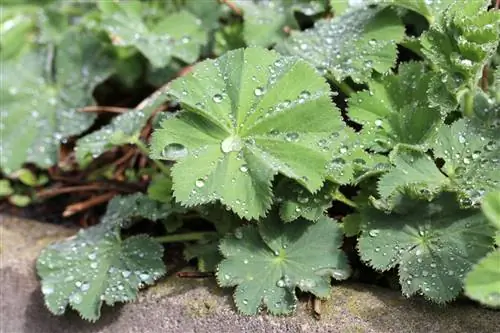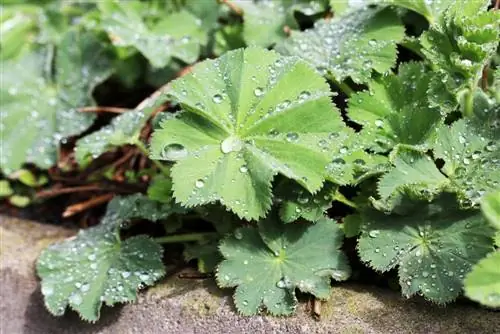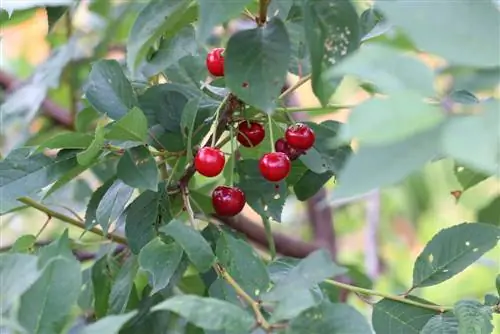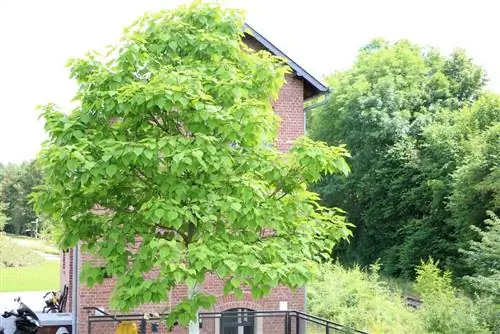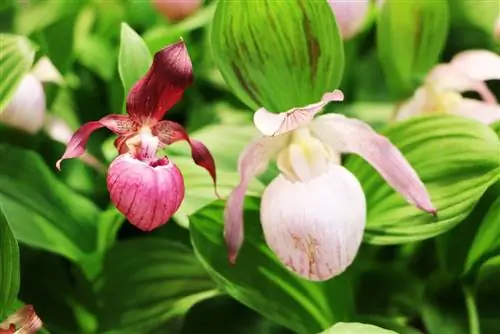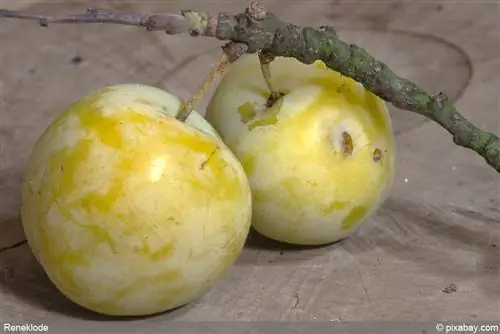- Author admin [email protected].
- Public 2023-12-17 03:39.
- Last modified 2025-01-24 12:45.
As a classic ground cover, lady's mantle is one of the most popular plants in our gardens. The soft lady's mantle in particular is widely represented.
Alchemilla
Alchemilla, the botanical name of lady's mantle, is one of the so-called garden perennials. The plant, of which more than 1,000 species are known, is often used in the garden as a ground cover. In the botanical classification it belongs to the so-called rose family, which is also given the Latin name Rosaceae. The reasons for the plant's great popularity are usually:
- forms dense populations relatively quickly
- blooms extremely long and intensively
The individual types of lady's mantle are usually differentiated in comparison with the most widespread type, namely the soft lady's mantle. Of course, the plant also occurs outside of our gardens. In the wild it can be found primarily in highland meadows and forest clearings. Distribution areas are Europe and Asia. No matter whether in nature or in the garden - all species are low-growing perennials. The maximum growth height ranges from 45 to 60 cm.
Planting
In principle, Alchemilla can be planted almost all year round. Like virtually all other perennials, lady's mantle generally performs best when planted in fall or spring. Immediately after planting, the plants should be watered regularly. This also applies after a somewhat longer dry period.
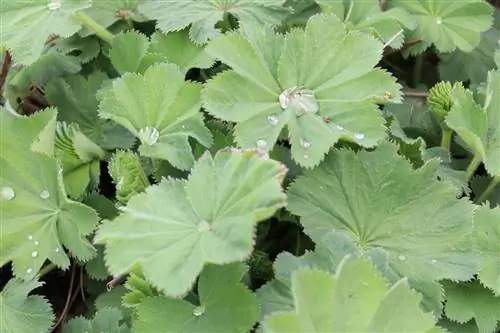
Location and soil
The demands of the lady's mantle on its location are extremely low. Depending on the specific species, a sunny location is tolerated as well as a shady location or a location in partial shade. Basically, all species prefer a rather permeable and nutrient-rich soil. But the plants also tolerate heavy clay soils. But some species also love special location and soil conditions:
- Alchemilla glaucescens prefers dry and poor locations
- Alchemilla epipsila, on the other hand, prefers a fresh and moist location
- the little, the felty and the silver lady's mantle love rock gardens or a rocky steppe
Care measures
Alchemilla mollis, the soft lady's mantle, has a strong tendency to self-sow. This sometimes leads to it getting out of hand in the bed. Normally it is sufficient to tear or pluck the young plants out of the ground. This process must be repeated regularly. Otherwise, all Alchemilla are extremely easy to care for and don't require much work.
Don’t water too much
All types of lady's mantle should be watered regularly, but not too much. Waterlogging must be avoided at all costs. Waterlogging can cause root rot, which can even cost the plant its life.
Cutting
Pruning the lady's mantle should always be done as close to the ground as possible. The ideal time for this is after flowering. The advantages of such a pruning are obvious:
- Containment of growth
- stimulates strong new growth
All types can be cut with conventional secateurs or with a sharp knife.
No winter protection necessary
All types of lady's mantle can easily cope with the cold season, even in winter. So they are winter hardy. Special winter protection for the plant is therefore not necessary.
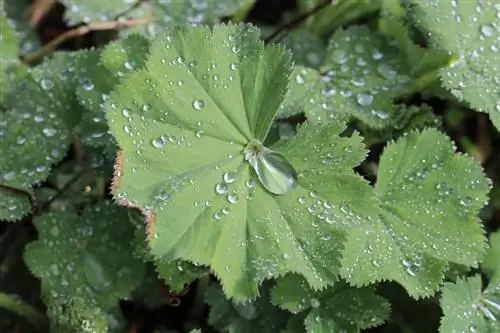
Uses
In the vast majority of cases, the plant is used as a ground cover. Thanks to the yellowish-green flower color, it is also perfect as a combination partner for a whole range of perennials.
Their shapes and colors usually play a subordinate role. The only important thing is that they have the same location conditions as the lady's mantle. Due to their low growth, the small perennials can also be used as borders for beds. Alchemilla xanthochlora has also been known as a medicinal herb since the Middle Ages. It is an antispasmodic and analgesic, which is why it has been used for menstrual and menopausal problems for hundreds of years. The plant is usually consumed as a tea. However, it is important that only the leaves are used for brewing. The leaves should also be harvested before the plant begins to flower.
Propagation
All types of lady's mantle can be propagated relatively easily by plant division or by sowing. When sowing, however, it is important to note that the plant is a so-called light germinator. Specifically, this means: The seeds may only be lightly sieved with soil. Under no circumstances should it be applied too thickly or tamped down.
Diseases and pests
All types of lady's mantle that we have are known to be extremely robust. There is no susceptibility to disease or any pests. This means that it is not necessary to take any special protective measures. However, if the plant is watered too heavily throughout the year, downy mildew or powdery mildew can sometimes develop. Both diseases can best be combated with biological or chemical agents from the garden or hardware store. The plants then recover relatively quickly and continue to grow normally.

